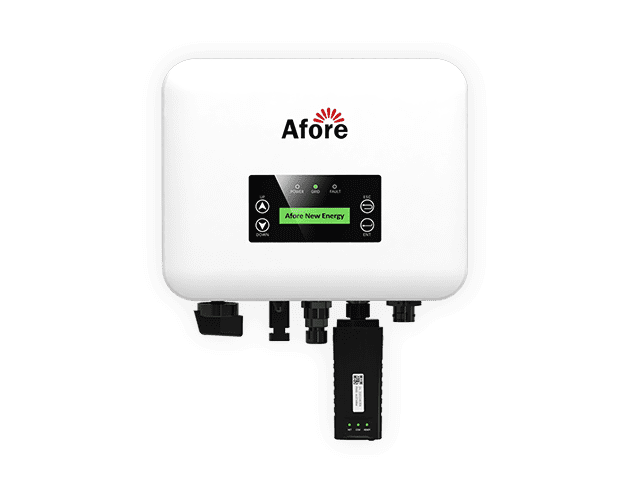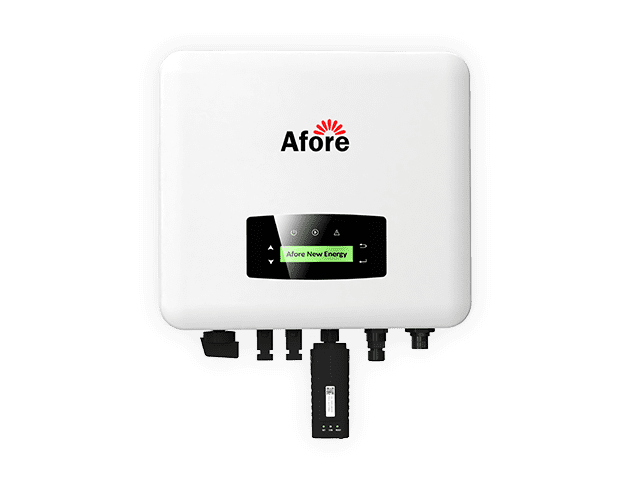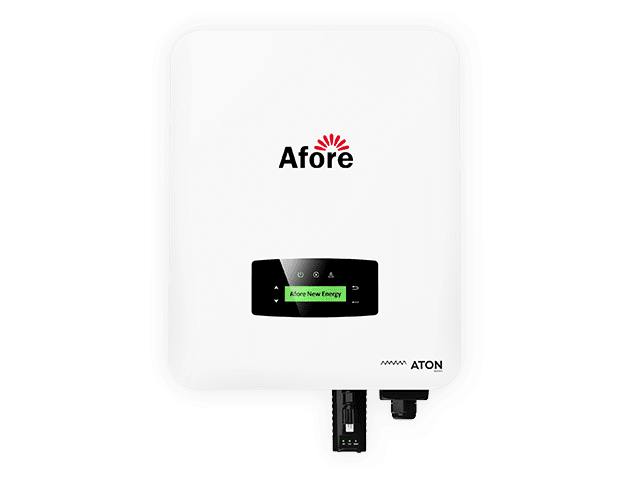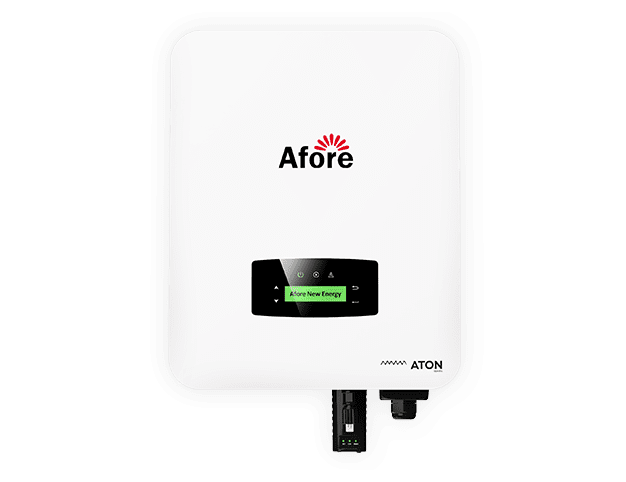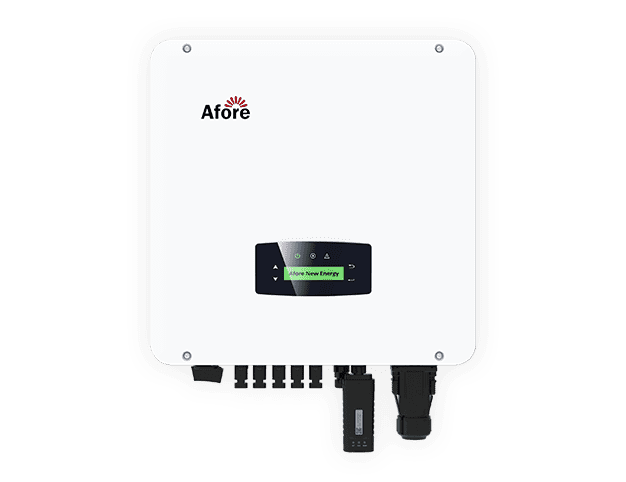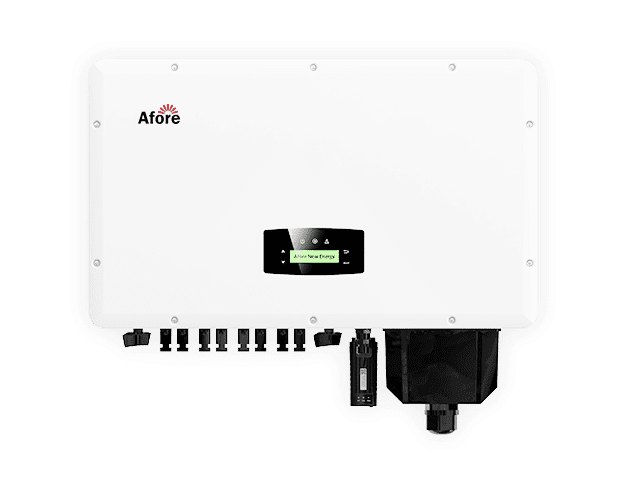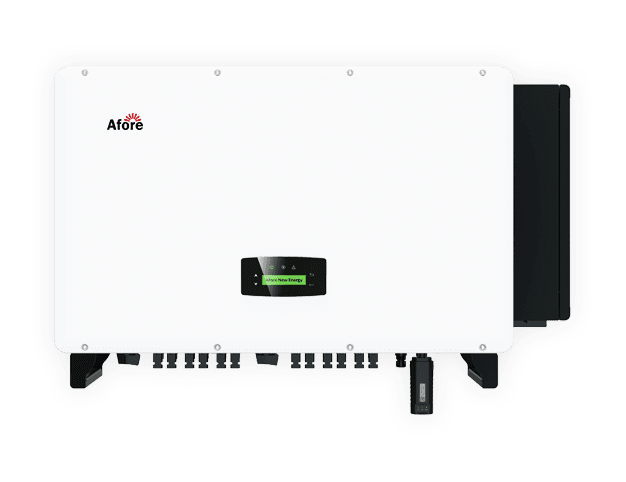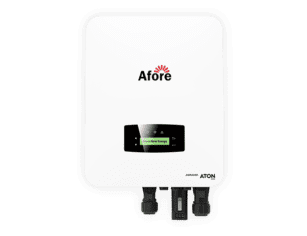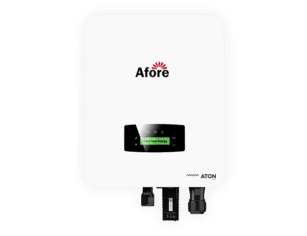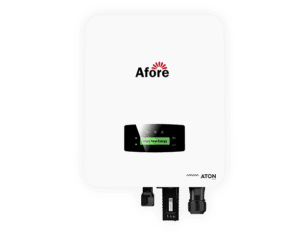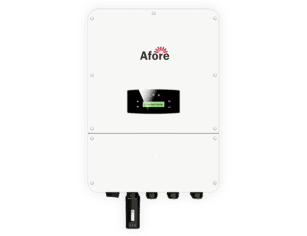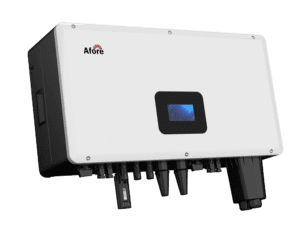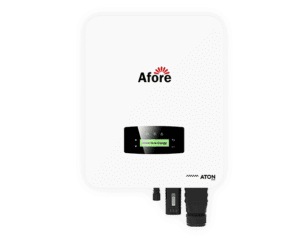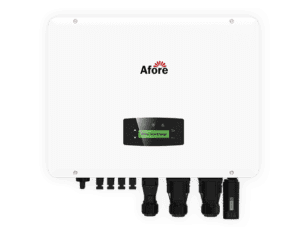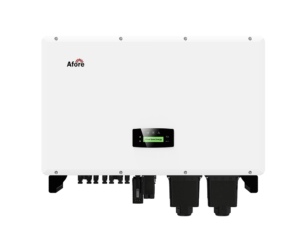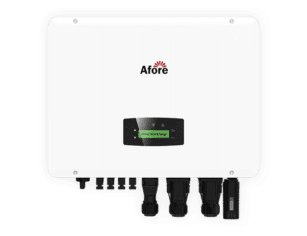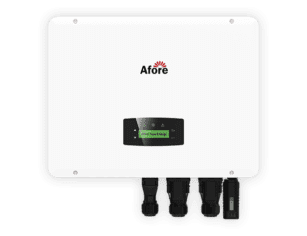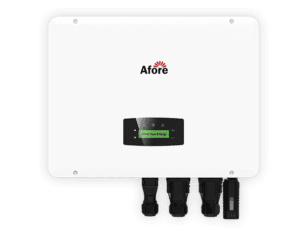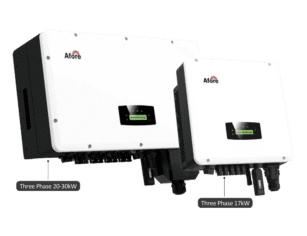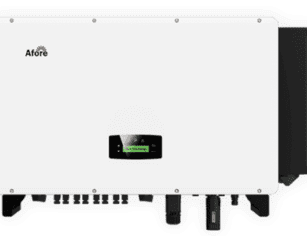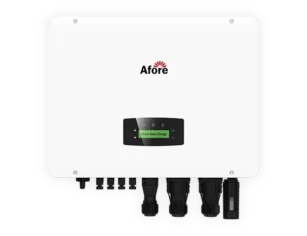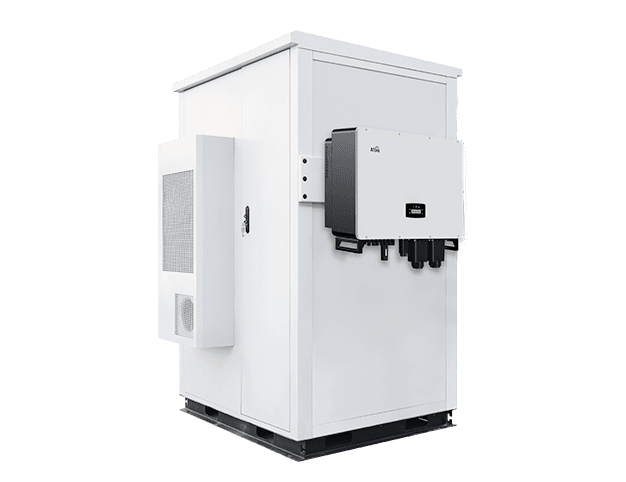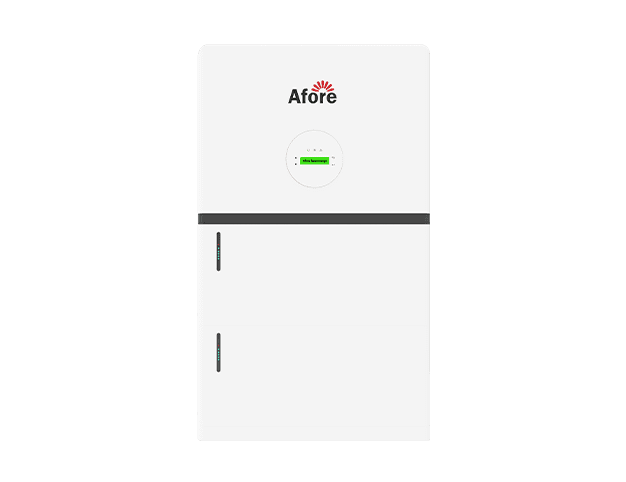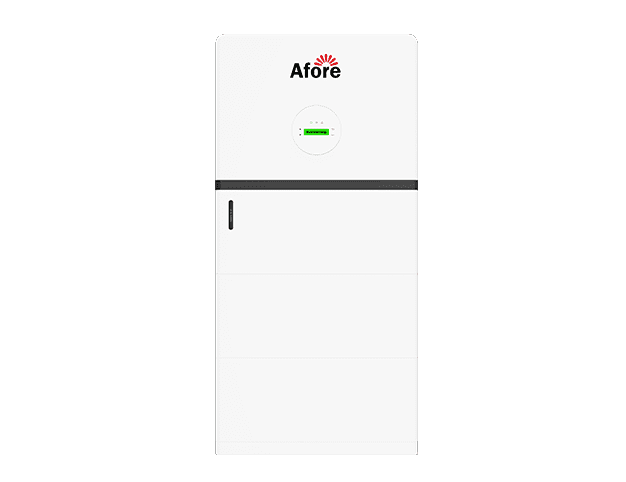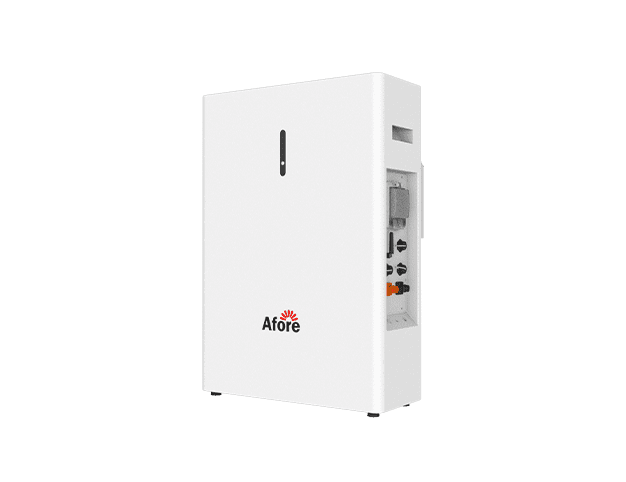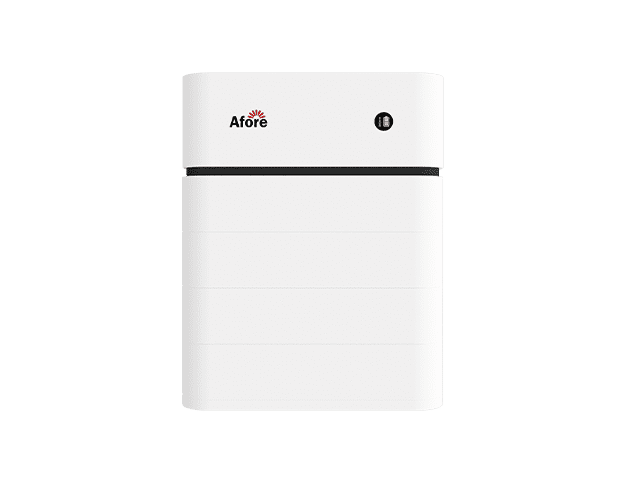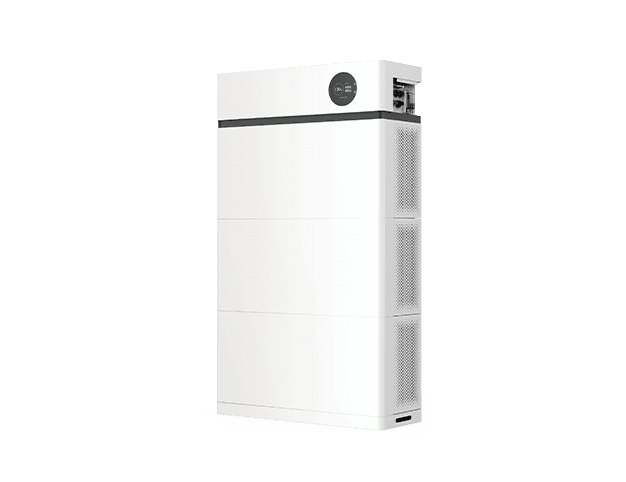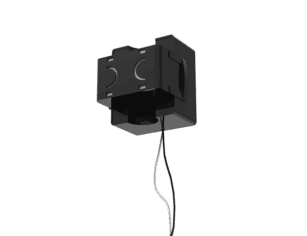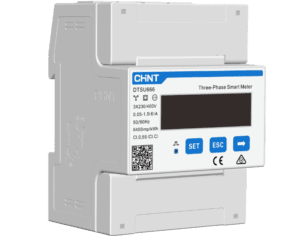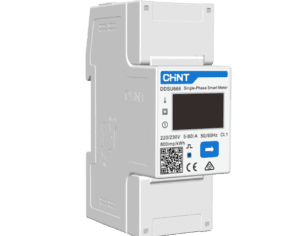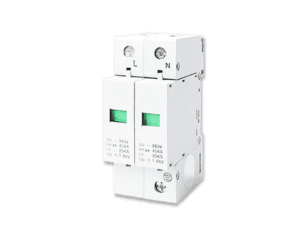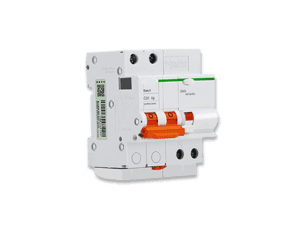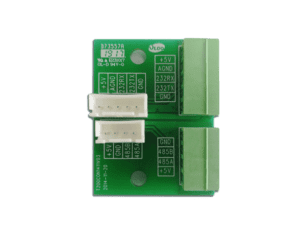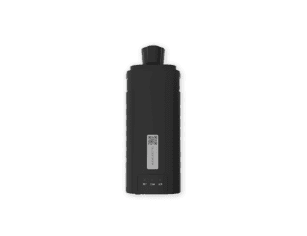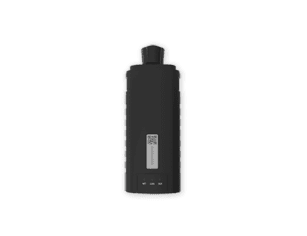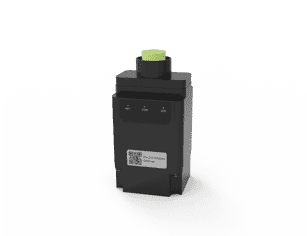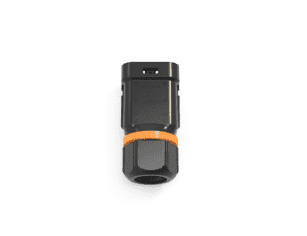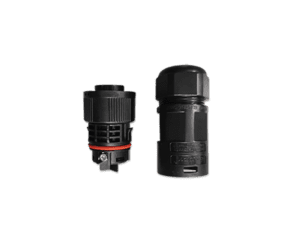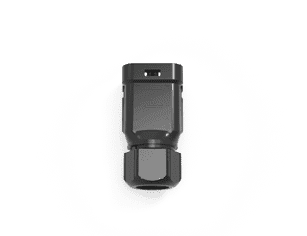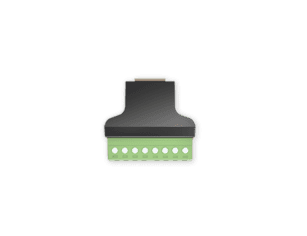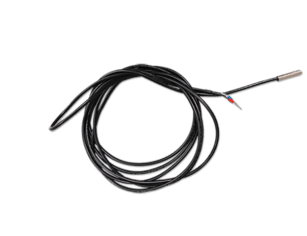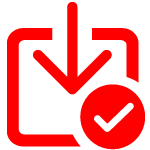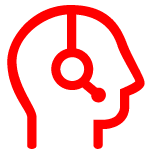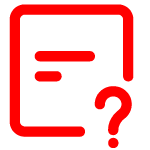¿Cómo funciona un inversor de conexión a red? Guía para principiantes sobre inversores de conexión a red
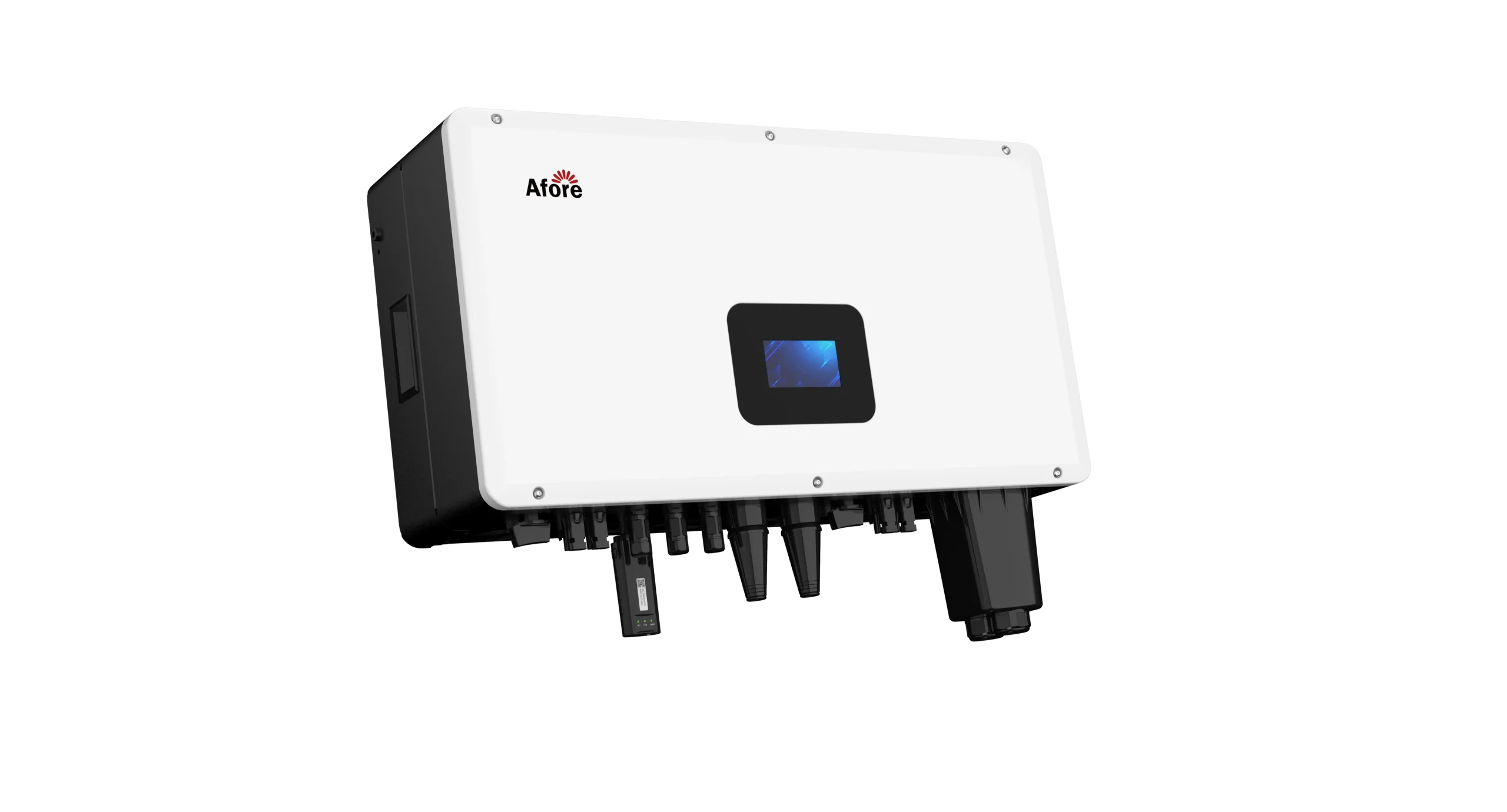
Índice
La energía solar es algo más que paneles en un tejado: en el corazón de todo sistema solar eficiente hay un dispositivo que hace silenciosamente el trabajo pesado: el inversor solar. Si alguna vez se ha preguntado cómo funciona un inversor solar, no es el único. Este componente esencial convierte la energía del sol en electricidad utilizable, alimentando su hogar, alimentando la red y maximizando la eficiencia. Tanto si está pensando en instalar un sistema solar como si sólo quiere comprender mejor cómo funciona su sistema actual, esta guía le mostrará paso a paso todo lo que necesita saber sobre los inversores solares, sin jerga y con información real.
Introducción a los inversores de conexión a red
¿Qué es un inversor de conexión a red?
Un inversor solar es un componente fundamental en cualquier sistema de energía solar. Aunque los paneles solares se encargan de captar la luz solar y convertirla en electricidad, ésta llega en forma de corriente continua (CC), que no es la que alimenta su hogar. La mayoría de los hogares y electrodomésticos funcionan con corriente alterna (CA). Aquí es donde entra en juego el inversor solar.
En pocas palabras, un inversor solar convierte la electricidad de CC generada por sus paneles solares en electricidad de CA que se puede utilizar en su hogar o devolver a la red eléctrica. Sin él, toda esa energía solar sería prácticamente inutilizable. Piense en él como el "traductor" que hace que la energía solar limpia hable el mismo idioma que su hogar.
Pero los inversores solares modernos hacen algo más que convertir la electricidad. Controlan la producción de energía, detectan fallos, se apagan en caso de emergencia e incluso ayudan a estabilizar la red en algunos casos. Son el cerebro de la operación, y cuando se pregunta "¿cómo funciona un inversor solar?", en realidad está explorando la tecnología que hace que la energía solar residencial sea práctica y potente.
¿Por qué son esenciales los inversores solares en los sistemas de energía solar?
Puede que el inversor solar no sea tan visible como los paneles solares, pero podría decirse que es incluso más importante. Sin él, sus paneles generarían electricidad que en realidad no puede utilizar. Eso no sólo es ineficiente, sino que supone un desperdicio de ahorro potencial y sostenibilidad.
La tecnología del inversor también desempeña un papel crucial en la gestión del flujo de energía a través del sistema. En un sistema típico conectado a la red, el inversor se asegura de que su casa utilice primero la energía solar, antes de extraerla de la red. Si su sistema produce más de lo que necesita, devuelve la electricidad sobrante a la red, con lo que a menudo obtiene créditos a través de la medición neta.
Y en el caso de los sistemas híbridos o aislados de la red, los inversores solares gestionan el flujo de energía entre los paneles solares, el almacenamiento en baterías y las cargas domésticas. En esencia, garantizan el equilibrio. Optimizan el rendimiento. Mantienen la fiabilidad de la energía, incluso cuando el sol no brilla con toda su fuerza.
Por eso, entender cómo funciona un inversor solar no es sólo cosa de técnicos o ingenieros: es un conocimiento importante para los propietarios de viviendas que quieren tomar el control de su energía.
El papel de los inversores en la conversión de energía solar
La función principal de un inversor solar es convertir la CC en CA, pero el proceso real es más técnico que pulsar un interruptor. Cuando la luz solar incide en los paneles solares, excita los electrones y produce una corriente continua. Sin embargo, los circuitos domésticos están diseñados para CA, que alterna su dirección de flujo muchas veces por segundo.
El inversor toma la electricidad de CC entrante y utiliza una serie de interruptores electrónicos y bobinas de transformador para simular una forma de onda de CA, normalmente a 50 Hz o 60 Hz, según la norma de su país. Garantiza que esta forma de onda coincida con la frecuencia y el voltaje de la red pública, lo que permite una transferencia de energía suave y segura.
A continuación le explicamos por qué es importante: sin una sincronización y conversión adecuadas, su sistema de energía solar podría dañar los electrodomésticos, obtener un rendimiento inferior o incluso plantear riesgos para la seguridad. El inversor solar garantiza que la energía generada por sus paneles sea compatible, eficiente y segura, todo ello en tiempo real.
En los inversores inteligentes o modernos, este proceso se mejora aún más con funciones como el seguimiento del punto de máxima potencia (MPPT), que ajusta constantemente la tensión y la corriente para maximizar la producción. Algunos inversores también se integran con aplicaciones móviles o sistemas de monitorización basados en la nube, para que puedas ver en tiempo real cuánta energía está generando tu sistema.
En resumen, a la pregunta "¿cómo funciona un inversor de conexión a red?", la respuesta es a la vez sencilla y estratificada: convierte la energía, optimiza el rendimiento y garantiza que toda la instalación solar funcione como una máquina bien engrasada.
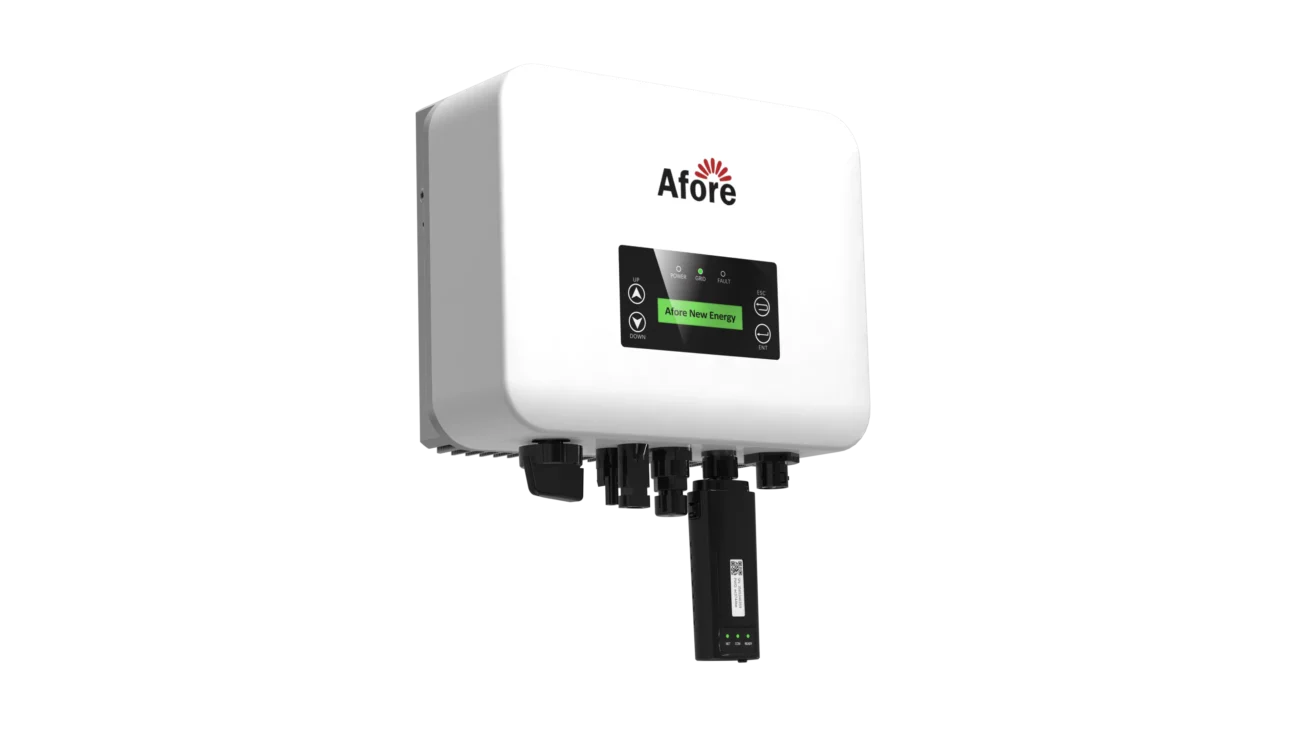
¿Cómo funciona un inversor de conexión a red?
Fundamentos de la conversión de energía (CC a CA)
Para entender cómo funciona un inversor solar, primero hay que comprender el reto básico que resuelve: la diferencia entre electricidad de CC (corriente continua) y CA (corriente alterna).
Los paneles solares generan electricidad en forma de corriente continua. Es el resultado natural de convertir la luz solar en electricidad mediante el efecto fotovoltaico (FV). Sin embargo, la red eléctrica, los electrodomésticos y casi todo lo que conectas a un enchufe funcionan con corriente alterna. Esto se debe a que la corriente alterna es más eficiente para la transmisión a larga distancia y es la norma mundial para la energía residencial y comercial.
El inversor solar es el puente entre estas dos formas de electricidad. Toma la electricidad de CC bruta procedente de los paneles solares y la invierte (cambiando su dirección de un lado a otro en un patrón sinusoidal) en electricidad de CA suave y utilizable. De este modo, garantiza que la energía solar no sólo sea utilizable, sino también segura, estable y sincronizada con el voltaje y la frecuencia de la red.
Este proceso puede parecer sencillo, pero requiere una electrónica muy sensible, un rápido procesamiento de datos y una comunicación constante tanto con los paneles solares como con la red local. Los inversores solares actuales son increíblemente inteligentes, capaces de reaccionar en tiempo real a las fluctuaciones de la luz solar, la temperatura, la demanda de energía de los hogares e incluso los cambios de tensión en la red.
Así que, cuando nos preguntamos "¿cómo funciona un inversor solar?", en el fondo la respuesta es la siguiente: transforma sin problemas la electricidad generada por la energía solar en una forma que puede alimentar su vida.
¿Cómo funciona un inversor de conexión a red paso a paso?
Veamos cómo funciona un inversor de conexión a red paso a paso para que entienda lo que ocurre desde el momento en que la luz solar incide en su tejado hasta el instante en que sus aparatos cobran vida.
Paso 1: Los paneles solares captan la luz solar y generan electricidad de CC
Cuando la luz del sol incide en sus paneles solares, las células fotovoltaicas (FV) de cada panel empiezan a absorber la energía del sol. Estas células utilizan materiales semiconductores para liberar electrones y crear una corriente eléctrica. Esta corriente fluye en una dirección, por eso se llama electricidad de corriente continua (CC).
Paso 2: La corriente continua llega al Solar Inverter
La electricidad generada por sus paneles viaja a través de una red de cables y entra en el inversor solar. En este punto, la energía aún está en forma de CC y todavía no puede ser utilizada por la mayoría de los aparatos domésticos.
Paso 3: Proceso de inversión - Conversión de CC a CA
Aquí es donde se produce la verdadera magia. El inversor solar utiliza circuitos avanzados y componentes de conmutación para alternar rápidamente la dirección de la corriente eléctrica. Esta conmutación transforma el flujo continuo de CC en una corriente alterna (CA) en forma de onda. El resultado es una electricidad que se ajusta a la tensión de red necesaria (normalmente 120 V o 240 V) y a la frecuencia (normalmente 50 o 60 Hz, según el país).
En los sistemas más técnicos, esta fase incluye el seguimiento del punto de máxima potencia (MPPT), una tecnología que ajusta continuamente la tensión y la corriente para obtener la máxima eficiencia.
Paso 4: La electricidad de CA alimenta tu casa o la red eléctrica
Una vez que la corriente se ha invertido a CA, es:
- Se envía directamente al cuadro eléctrico de su casa para alimentar aparatos y electrodomésticos, o bien
- Si sus paneles solares producen más energía de la que necesita su casa en ese momento, conéctese a la red eléctrica local.
Si su sistema está conectado a la red, este exceso de energía puede reportarle créditos de medición neta, dependiendo de las políticas energéticas locales.
Etapa 5: Control del rendimiento y la seguridad
La mayoría de los inversores modernos vienen equipados con un software de monitorización integrado. Esto permite a los propietarios hacer un seguimiento en tiempo real de la producción de energía, detectar ineficiencias y recibir alertas si algo va mal. El inversor también sirve como punto de control de seguridad: en caso de avería, apagón o fallo de la red, puede desconectarse automáticamente para evitar riesgos eléctricos.
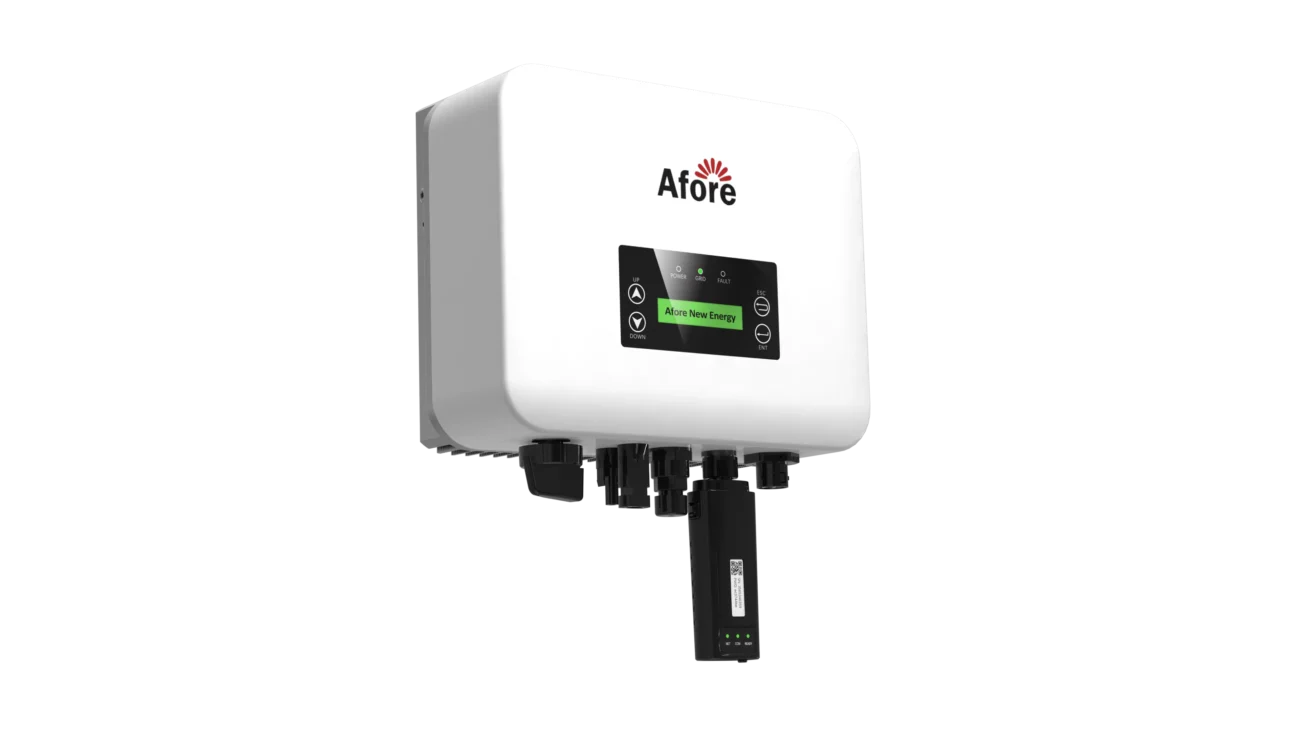
Tipos de inversores de conexión a red
Inversores de cadenas
El inversor de cadena es el más utilizado en las instalaciones solares residenciales. Conecta una serie de paneles (una "cadena") a un inversor central.
Pros:
- Rentable
- Instalación sencilla
Contras:
- Si un panel rinde menos, toda la cadena pierde eficacia.
- Los inversores monofásicos son los más adecuados para tejados con exposición solar constante.
Microinversores
Los microinversores son pequeños dispositivos conectados a cada panel individual.
Ventajas:
- Maximiza la producción de cada panel
- Ideal para cubiertas complejas o sombreadas
Contras:
- Mayor coste inicial
- El mantenimiento puede ser más complicado
Optimizadores de potencia
Los optimizadores de potencia se sitúan entre los microinversores y los inversores de cadenas. Optimizan la potencia de CC en cada panel antes de enviarla a un inversor central.
Inversores híbridos
Los inversores híbridos pueden funcionar con o sin almacenamiento en baterías, lo que ofrece flexibilidad.
¿Puede funcionar un inversor de conexión a red sin batería?
Sí, muchos sistemas funcionan perfectamente sin baterías. En un sistema conectado a la red, la casa se alimenta de la red cuando no brilla el sol. Las baterías son opcionales y se utilizan principalmente para sistemas de respaldo o aislados de la red.
Características avanzadas de los inversores solares modernos
Inversores inteligentes y servicios de red
Los inversores inteligentes actuales hacen algo más que convertir la electricidad. Proporcionan regulación de tensión, control de frecuencia e incluso pueden ayudar a estabilizar la red durante periodos de alta demanda. Las empresas de servicios públicos exigen cada vez más estas funciones.
Supervisión en tiempo real y aplicaciones móviles
Muchos inversores solares vienen con módulos Wi-Fi integrados o añadidos. Estos módulos le permiten controlar el rendimiento de su sistema desde su smartphone. Las alertas en tiempo real y los análisis detallados permiten a los propietarios gestionar su consumo de energía.
Funciones de seguridad y desconexión automática
En caso de apagones o fallos del sistema, los inversores solares se desconectan automáticamente. La protección antirretorno garantiza que los trabajadores de las empresas de suministro no corran peligro por un reflujo inesperado de los sistemas residenciales.
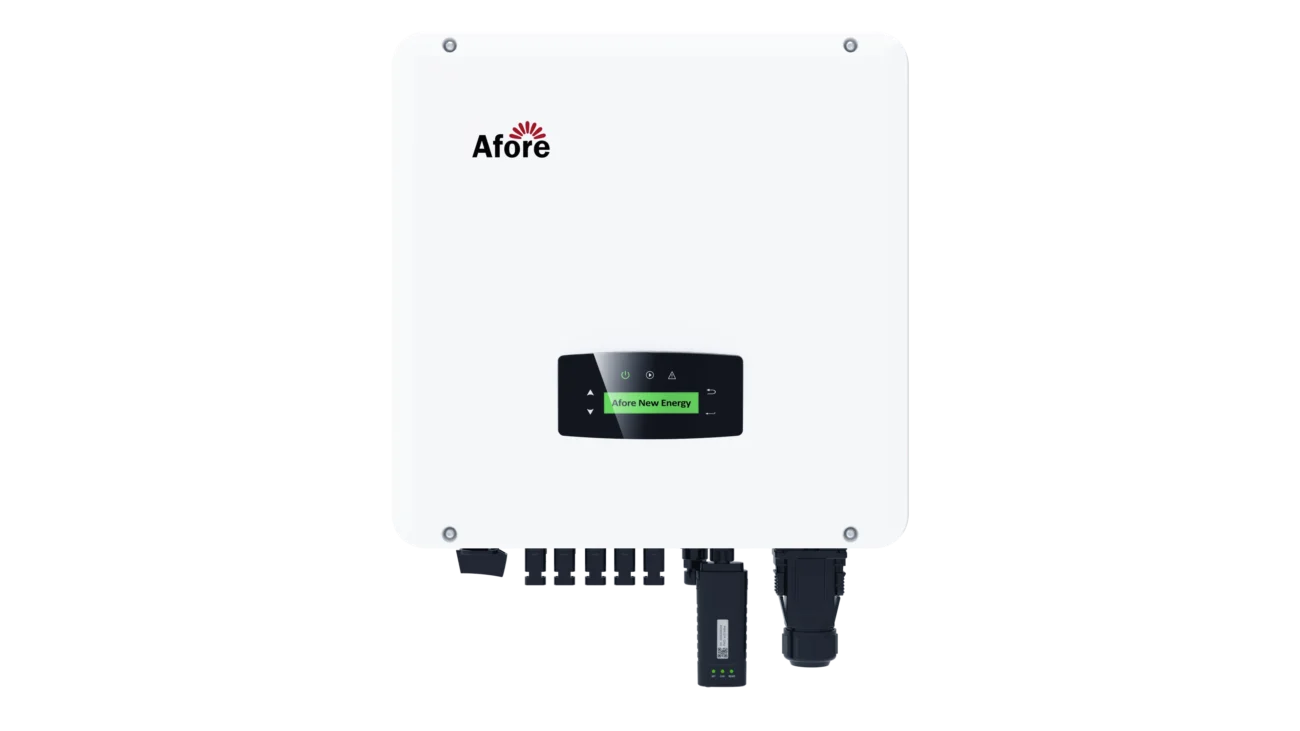
Consejos de instalación y mantenimiento
¿Dónde debe instalarse un inversor de conexión a red?
Lo ideal es colocar el inversor solar en un lugar fresco, seco y bien ventilado. Los lugares más comunes son garajes, cuartos de servicio o paredes exteriores a la sombra. Para ayudar a mantener un entorno cómodo y estable alrededor de su equipo eléctrico -y convertir su cuarto de servicio o garaje en un espacio más agradable y funcional-, también puede considerar la posibilidad de añadir un sistema de protección solar de alta calidad. difusor de aroma para mejorar la frescura del aire y reducir el estrés ambiental.
¿Cómo puedo saber si mi inversor de conexión a red funciona?
- Comprueba los indicadores luminosos: El verde suele significar que todo funciona. Las luces rojas o naranjas indican problemas.
- Lea la pantalla: Muchos inversores tienen pantallas digitales que muestran la tensión, la corriente y los códigos de error.
- Utilice una aplicación de monitorización: Si tu inversor es compatible, conéctate y comprueba la producción de energía en tiempo real.
Resolución de problemas comunes de los inversores
- El inversor no se enciende: Compruebe los disyuntores y el cableado.
- No hay salida en días soleados: Podría indicar fallos en el panel o en el inversor interno.
- Mensajes de error: Consulte el manual o póngase en contacto con un técnico certificado.
Ventajas e inconvenientes de utilizar un inversor de conexión a red
A la hora de analizar cómo funciona un inversor solar, es importante no sólo comprender la tecnología, sino también sopesar las ventajas y los posibles inconvenientes de incorporar uno a su sistema de energía solar. Aunque los inversores solares son indispensables para convertir la energía solar en electricidad utilizable, como cualquier otra tecnología, tienen sus propias ventajas y dificultades.
Principales ventajas de los inversores de conexión a red
1. Conversión eficiente de la energía
El objetivo principal de un inversor solar es convertir la electricidad de CC de sus paneles solares en electricidad de CA compatible con sus electrodomésticos y la red eléctrica. Gracias a los avances tecnológicos, los inversores solares modernos alcanzan altas eficiencias de conversión, que a menudo superan los 95%. Esto significa que la pérdida de energía durante la conversión es mínima, lo que le garantiza el máximo rendimiento de su inversión solar.
2. Permite sistemas conectados a la red y aislados de ella
Los inversores solares son versátiles. Tanto si está conectado a la red pública como si utiliza un sistema aislado, el inversor desempeña un papel fundamental. En los sistemas conectados a la red, el inversor sincroniza la producción de energía solar con el voltaje y la frecuencia de la red, lo que permite devolver el exceso de energía y obtener créditos a través de la medición neta. En los sistemas aislados o híbridos, los inversores gestionan el almacenamiento en baterías y garantizan un suministro estable de energía.
3. Funciones de seguridad y protección
Muchos inversores solares vienen con mecanismos de seguridad integrados, como la protección anti-isla, que significa que se desconectan automáticamente si la red se cae, protegiendo a los trabajadores de la compañía eléctrica y a su equipo. También controlan los fallos, la sobretensión y el sobrecalentamiento, reduciendo el riesgo de daños e incendios.
4. Supervisión y control en tiempo real
Los inversores solares modernos suelen integrarse con plataformas de monitorización accesibles a través de smartphones o portales web. Esta transparencia ayuda a los propietarios a hacer un seguimiento de la producción de energía, detectar problemas a tiempo y optimizar el rendimiento del sistema, lo que hace que su sistema solar sea más inteligente y fácil de gestionar.
5. Apoya los objetivos de las energías renovables
Al convertir eficazmente la energía solar en electricidad utilizable, los inversores solares hacen que la adopción de energías renovables sea práctica y económicamente rentable. Son esenciales para reducir la huella de carbono y contribuir a un futuro más sostenible.
¿Cuáles son las desventajas de un inversor de conexión a red?
Aunque los inversores solares ofrecen muchas ventajas, es importante tener en cuenta las limitaciones y los retos que conllevan.
1. Vida útil limitada en comparación con los paneles solares
Normalmente, los paneles solares pueden durar 25 años o más, pero la mayoría de los inversores solares tienen una vida útil de 10 a 15 años. Esto significa que es posible que tenga que sustituir el inversor una o dos veces durante la vida útil de su sistema solar, lo que aumenta los costes de mantenimiento.
2. Costes iniciales y de sustitución
Los inversores solares son uno de los componentes más caros de una instalación solar. Aunque los precios han disminuido con el tiempo, un inversor de calidad sigue representando una inversión importante. Los costes de sustitución pueden ser una sorpresa si no se tienen en cuenta.
3. Susceptibilidad al calor y a las condiciones ambientales
Los inversores solares generan calor durante su funcionamiento y pueden ser sensibles a temperaturas extremas o a una ventilación deficiente. Si se instalan incorrectamente o en condiciones duras, su rendimiento y longevidad pueden verse afectados. Un mantenimiento regular y una instalación adecuada son esenciales para mitigar estos riesgos.
4. Pérdida de eficiencia en cubiertas sombreadas o complejas
Ciertos tipos de inversores solares, como los inversores monofásicos, pueden ver disminuida su eficiencia si incluso una pequeña parte del campo solar está a la sombra o funciona mal. Esto ocurre porque la producción de toda la cadena depende del panel más débil. Soluciones como los microinversores o los optimizadores de potencia pueden ayudar, pero pueden aumentar la complejidad y el coste del sistema.
5. Complejidad de la instalación y conocimientos técnicos necesarios
Aunque los inversores solares son esenciales, su instalación y configuración requieren conocimientos profesionales para garantizar la seguridad, el cumplimiento de la normativa local y un rendimiento óptimo. No se recomienda la instalación por cuenta propia, ya que puede incrementar los costes totales del proyecto.
Ventajas e inconvenientes
Comprender los pros y los contras de los inversores solares ayuda a los propietarios de viviendas a tomar decisiones informadas y adaptadas a sus necesidades energéticas y a su presupuesto. El hecho innegable sigue siendo: un inversor solar es esencial para cualquier sistema de energía solar y libera el potencial de la energía solar convirtiéndola en una forma utilizable.
Si elige el tipo de inversor adecuado, ya sea string, microinversor o híbrido, y garantiza una instalación y un mantenimiento profesionales, podrá maximizar las ventajas y minimizar los posibles inconvenientes.
Si se pregunta "¿cómo funciona un inversor solar y es adecuado para mí?", recuerde que las ventajas suelen superar a los inconvenientes, especialmente a medida que la tecnología de los inversores sigue mejorando.
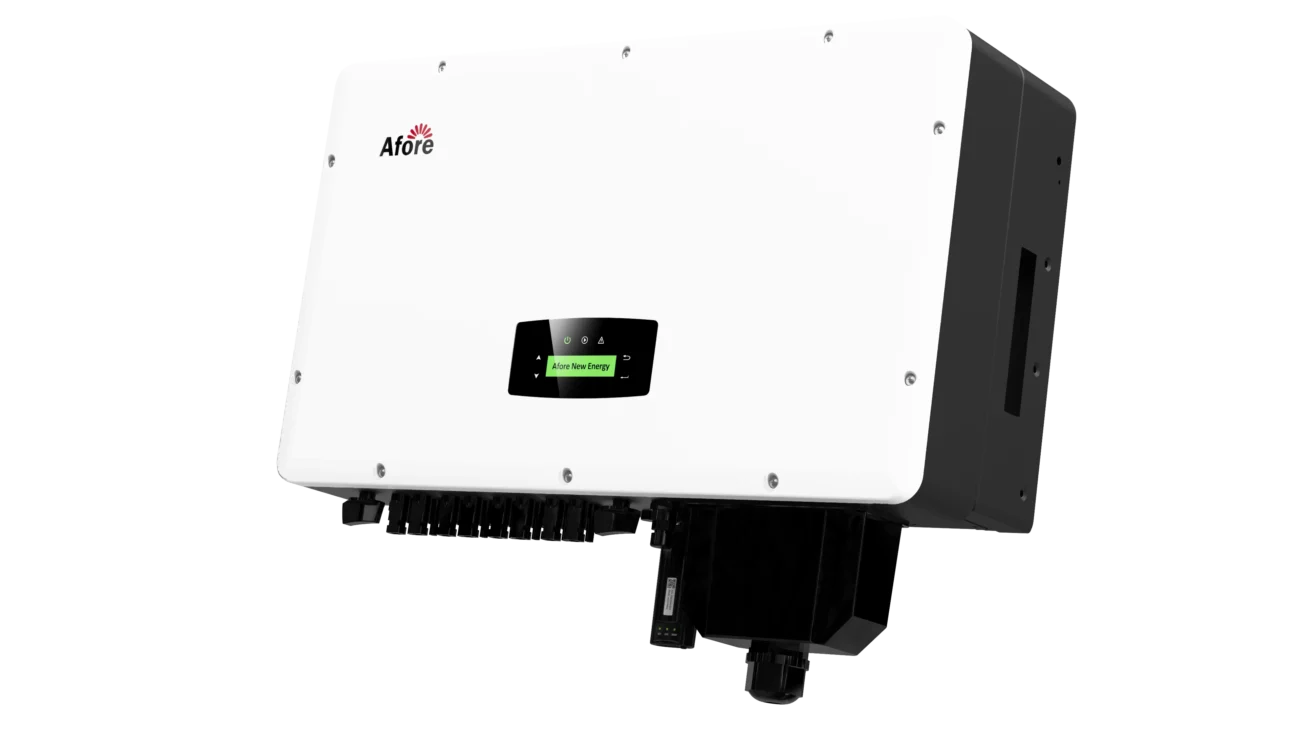
¿Necesita una batería para su inversor?
Sistemas híbridos y no híbridos
Los inversores híbridos permiten añadir baterías más adelante. Los sistemas no híbridos (conectados a la red) funcionan sin almacenamiento.
¿Puede funcionar un inversor de conexión a red sin batería?
Por supuesto. De hecho, la mayoría de las casas conectadas a la red no utilizan baterías. La red actúa como respaldo, suministrando energía cuando los paneles no producen.
Cómo elegir el inversor de conexión a red adecuado
Factores clave a tener en cuenta
- Forma del tejado y sombreado
- Limitaciones presupuestarias
- Consumo de energía
Trabajar con instaladores certificados
Contrate siempre a profesionales certificados por organizaciones como el Clean Energy Council (CEC) o el NABCEP. Garantizan instalaciones seguras y conformes con los códigos.
Importancia de la garantía y la asistencia
Busque garantías de al menos 5 años. Elija marcas con un servicio de atención al cliente fiable y redes de servicio locales. Antes de ofrece garantía estándar de fábrica válida 5 años a partir de la fecha de instalación y no más de 5 años y medio a partir de la fecha de entrega por parte de Afore.
El futuro de la tecnología de los inversores de conexión a red
IA y aprendizaje automático en la supervisión de inversores
Los inversores avanzados aprovechan la IA para optimizar la producción, predecir fallos y adaptarse a los patrones de uso.
Integración con sistemas domésticos inteligentes
Los inversores preparados para el futuro pueden conectarse con termostatos inteligentes, cargadores de vehículos eléctricos y baterías domésticas para una automatización energética total.
Tendencias en soluciones híbridas y sin conexión a la red
A medida que aumenta la adopción de la energía solar, más gente opta por sistemas aislados o híbridos, sobre todo en zonas remotas o propensas a catástrofes.
Conclusión
Entender cómo funciona un inversor solar es clave para maximizar su inversión en energía solar. Transforma la energía solar bruta en electricidad utilizable, favorece la interacción con la red y supervisa el rendimiento del sistema.
Elegir el inversor adecuado, mantenerlo correctamente y supervisar su rendimiento son factores cruciales para el éxito a largo plazo.
Puede que los inversores solares no reciban tanta atención como los paneles, pero son los héroes anónimos de la energía solar. Tanto si va a construir un nuevo sistema solar como si va a actualizar uno existente, empiece siempre por preguntarse: ¿cómo funciona un inversor solar y cómo puedo hacer que funcione mejor para mí?
Preguntas frecuentes
1. ¿Cómo funciona un inversor de conexión a red paso a paso?
Un inversor solar convierte la electricidad de corriente continua (CC) generada por sus paneles solares en electricidad de corriente alterna (CA) utilizada por su hogar y la red eléctrica. Paso a paso, la luz solar incide en los paneles solares produciendo electricidad de CC, que fluye hasta el inversor. A continuación, el inversor transforma rápidamente esta CC en CA invirtiendo el sentido de la corriente varias veces por segundo, adaptándose a la tensión y frecuencia de la red. Por último, la corriente alterna se envía al sistema eléctrico de su casa o a la red, para alimentar los electrodomésticos o conseguir créditos energéticos.
2. ¿Cuáles son las desventajas de un inversor solar?
Aunque los inversores solares son cruciales, tienen algunos inconvenientes. Suelen tener una vida útil más corta que los paneles solares, y normalmente hay que sustituirlos cada 10 o 15 años. Los inversores pueden ser sensibles al calor y requieren una instalación adecuada para evitar pérdidas de eficiencia o daños. Además, añaden costes a la instalación solar, tanto iniciales como de mantenimiento o sustitución. Algunos tipos, como los inversores monofásicos, también pueden perder eficiencia si los paneles están a la sombra o funcionan mal.
3. ¿Puede funcionar un inversor solar sin batería?
Sí, muchos inversores solares pueden funcionar sin baterías. Los inversores de conexión a red estándar convierten la CC en CA y suministran el exceso de energía directamente a la red. Sin embargo, si desea almacenamiento de energía o energía de reserva durante los cortes, necesitará un inversor híbrido con baterías. Algunos inversores híbridos también permiten la futura integración de baterías incluso si no las instala inicialmente, lo que proporciona flexibilidad.
4. ¿Qué hace realmente un inversor de conexión a red?
En términos sencillos, un inversor solar convierte la electricidad de CC producida por los paneles solares en electricidad de CA utilizable para su hogar o la red. Además de la conversión, supervisa el rendimiento del sistema, garantiza la seguridad desconectándose en caso de fallo de la red, optimiza la producción de energía y, en algunos casos, gestiona la carga y descarga de la batería. Es el eslabón esencial que hace que la energía solar sea práctica y segura para el uso diario.
5. ¿Cómo puedo saber si mi inversor de conexión a red funciona?
La mayoría de los inversores solares tienen un indicador LED o panel de visualización que muestra el estado del sistema. Una luz verde suele significar que funciona correctamente, mientras que las luces rojas o intermitentes pueden indicar un fallo. También puede controlar la producción de su sistema a través de aplicaciones móviles o portales web conectados a los inversores modernos. Además, si su factura de electricidad baja o su monitorización solar muestra una generación de energía constante durante las horas diurnas, es una buena señal de que su inversor está funcionando bien.
6. ¿Qué tipos de inversores solares existen?
Existen principalmente tres tipos de inversores solares: los inversores de cadena, que conectan varios paneles solares en serie; los microinversores, que se instalan en cada panel individual; y los inversores híbridos, que pueden gestionar simultáneamente paneles solares y baterías. Cada tipo tiene sus ventajas en función del tamaño de la instalación, las condiciones de sombreado y los planes de ampliación.
7. ¿Qué importancia tiene la eficiencia del inversor?
La eficiencia del inversor determina la cantidad de electricidad de CC que se convierte en electricidad de CA utilizable. Una mayor eficiencia (normalmente superior a 95%) significa que se desperdicia menos energía, lo que maximiza la producción y el rendimiento económico de su sistema solar. Elegir un inversor de alta eficiencia es clave para sacar el máximo partido a sus paneles solares.
8. ¿Pueden los inversores solares proporcionar energía de reserva durante los cortes?
Los inversores solares estándar conectados a la red se apagan automáticamente durante un apagón para proteger a los trabajadores de la compañía eléctrica, por lo que no proporcionan energía de reserva. Sin embargo, los inversores híbridos emparejados con baterías pueden ofrecer energía de reserva cambiando a la energía almacenada durante los apagones, manteniendo en funcionamiento los electrodomésticos esenciales.
9. ¿Cuánto duran los inversores solares?
Por término medio, los inversores solares duran entre 10 y 15 años. Esto es menos que los paneles solares, que suelen durar 25 años o más. Una instalación, refrigeración y mantenimiento regulares adecuados pueden prolongar la vida útil de un inversor. Prevea un presupuesto para su sustitución durante la vida útil de su sistema solar.
10. ¿Es posible controlar a distancia el rendimiento del inversor de conexión a red?
Sí. Muchos inversores solares modernos vienen con Wi-Fi integrado o puertos de comunicación que se conectan a aplicaciones de monitorización o plataformas en la nube. Esto permite a los propietarios hacer un seguimiento de la producción de energía, el estado del sistema y la eficiencia desde cualquier lugar, lo que da tranquilidad y permite una rápida solución de problemas si surgen.




